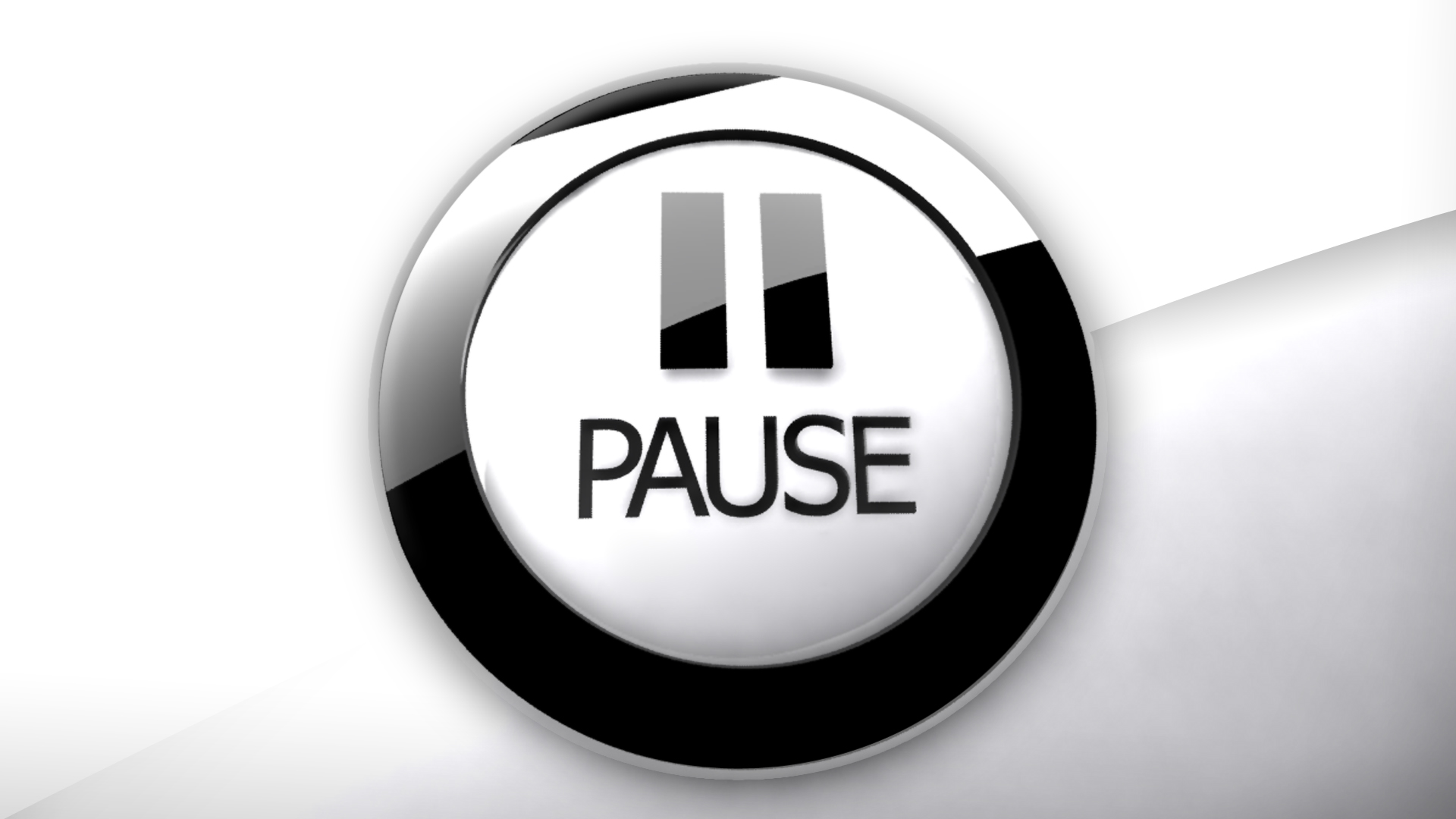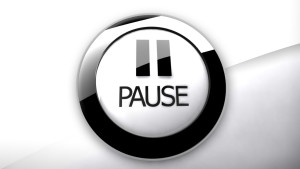More than ever, leaders with whom I work, are using phrases that speak to the need for taking a leadership pause.
I just need to step back.
I need to stop and think.
I need to take the time to be more intentional.
Leading with a Pause
“The doorknob moment” is a new phrase I’ve started to use when working with these leaders. You may know the type, or you may be one yourself.
You have global responsibilities and work a 24 hour clock. Your office is everywhere – at home, in the car, and at company headquarters. I shudder to speak of the other places I’ve heard you talking business on your cell phone – at the gym, on the plane, in the doctor’s office and in line at the coffee shop. Your office hours begin at 6:00 AM, so you can communicate with folks on the other side of the globe, who are working late into the evening to accommodate you. You close your day at 7:00 or 8:00 PM. Hopefully you take time to have dinner with your family.
You move from meeting to meeting, with little time to pause in between. There’s hardly a moment to step back and think about how you need to show up. You simply arrive. Which is why I created the doorknob moment and leading with a pause.
Here’s how it works. As you place your hand on the doorknob of your next meeting room, stop.
Make that a Full Stop.
Take stock of where you’ve been and what you’re carrying with you. Take a deep breath in. Hold it. Slowly release the breath and with it the thoughts, feelings and mood from whence you came.
Clear your mind. Let your shoulders melt, like ice to water.
It feels so good, you may be compelled to take another breath. Go for it.
Then, ask yourself a few simple questions. Choose from any of the following.
- Who’s in the room?
- What are we dealing with and how is the mood regarding these issues?
- How do I need to show up?
- What do I need to provide for this group?
- What is called for?
- How am I trying to improve my leadership and what can I practice here?
And What If…
You began the meeting by leading with a pause? An actual pause. You could even put it on the agenda, for everyone to see. Pausers would be instructed to take a deep breath in and let it out slowly. They’d be asked to let go of everything they carried into the room. Then after the pause, you could ask a few important questions that set the tone for the meeting.
“We’re here to discuss the problems with our new products. I’d like each of us to ask ourselves the following questions and write down the answers.”
- What do I need to do to ensure a productive conversation?
- What do I need to avoid doing to ensure a productive conversation?
- How can I help solve this problem?
- How can I support my peers in solving the problem?
And what if people then spoke their commitments out loud? And what if the people in the room agreed to hold each other accountable for their commitments?
Imagine all the things that might happen differently, and better, by leading with a pause.



